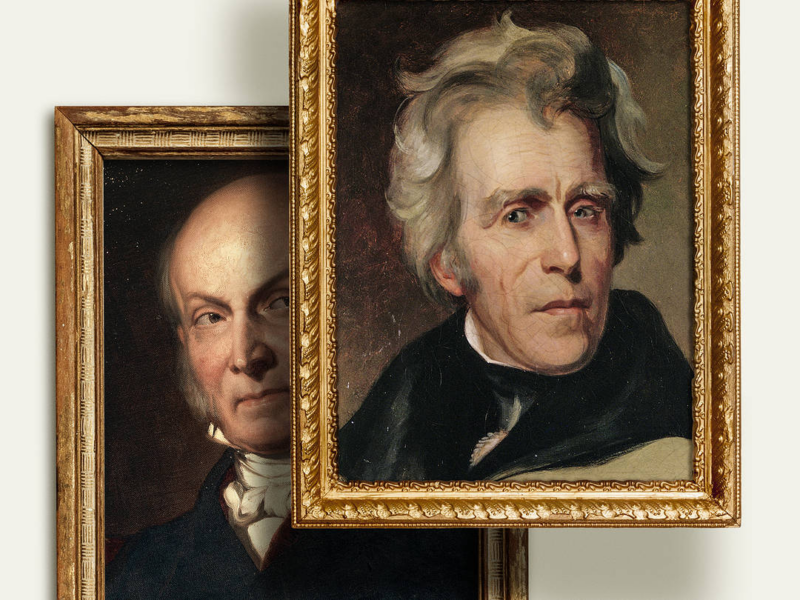The plastic bottle, as we know it today, was invented by Nathaniel C. Wyeth, an American engineer working for the DuPont company. Wyeth’s invention, patented in 1973, revolutionized the packaging industry by creating a lightweight, unbreakable alternative to glass bottles.

The Genesis of the Plastic Bottle
Nathaniel Wyeth, the brother of painter Andrew Wyeth, was a mechanical engineer by training. His foray into the development of plastic bottles began in the late 1960s and early 1970s when he was tasked with finding a solution to the problem posed by glass bottles. Glass, while being an excellent packaging material, was heavy and fragile. The beverage industry was seeking a more durable and lightweight alternative.
The Breakthrough Invention
Wyeth’s groundbreaking idea was to use Polyethylene Terephthalate (PET) to create bottles. PET was known for its strength and clarity, but the challenge lay in molding it into a shape that could withstand the pressure of carbonated beverages without deforming. Wyeth overcame this challenge by inventing a blow molding process that could produce a PET bottle strong enough to hold carbonated drinks. This process involved heating the PET and then blowing it into a mold to form the bottle.
Patenting and Commercial Success
In 1973, Wyeth patented his invention, the PET bottle, which quickly gained popularity in the beverage industry. The first commercial use of Wyeth’s PET bottles was for soft drinks. The new bottles were not only lighter than glass but also did not shatter, which significantly reduced the costs and risks associated with transporting beverages.
Impact on the Beverage Industry
Wyeth’s invention had a profound impact on the beverage industry. The adoption of plastic bottles led to a significant reduction in transportation costs due to their lighter weight. It also opened up new marketing opportunities, as the plastic bottles were easier to shape, allowing for more distinctive and eye-catching designs.
Environmental Considerations
While the invention of the plastic bottle brought numerous advantages, it also led to environmental concerns. Plastic waste, including PET bottles, has become a significant pollution issue, as plastics are not biodegradable. This has led to efforts to increase recycling rates and develop more sustainable packaging solutions.
Advancements in Plastic Bottle Technology
Since Wyeth’s invention, there have been several advancements in plastic bottle technology. These include the development of more environmentally friendly plastics, such as biodegradable and plant-based materials. Innovations have also been made in the manufacturing process to reduce the amount of plastic used in each bottle.
Wyeth’s Legacy
Nathaniel Wyeth’s legacy is twofold. On one hand, he is celebrated for his innovation that transformed the packaging industry, making it more efficient and cost-effective. On the other hand, his invention also contributed to the global challenge of plastic pollution, highlighting the need for responsible production, usage, and disposal of plastic products.
Current Trends and Future Directions
Today, the focus in the packaging industry is on sustainability. Efforts are underway to develop bottles that are easier to recycle, use less plastic, or are made from alternative materials. There is also a growing trend towards the use of reusable and refillable bottles as a way to reduce plastic waste.
Nathaniel Wyeth’s invention of the plastic bottle marked a significant milestone in the history of packaging, offering a practical and versatile solution to the limitations of glass bottles. However, the widespread use of plastic bottles has also underscored the importance of addressing environmental issues associated with plastic waste. As the world continues to seek sustainable solutions, the story of the plastic bottle serves as a reminder of the impact of human innovation on both industry and the environment.


